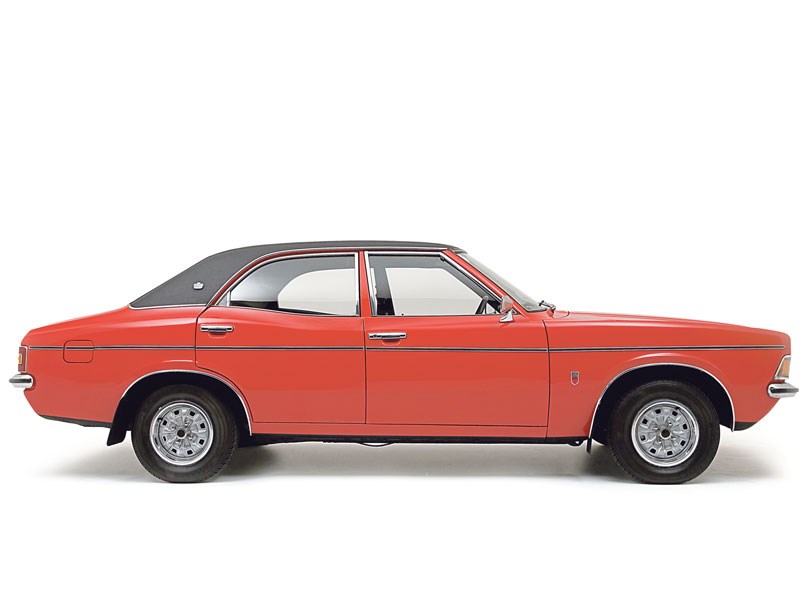Classic Ford Capri Review
James Hunt, Ayrton Senna, Grant Mitchell,Terry McCann and of course Bodie and Doyle all drove one, and for Derek ‘Del Boy’ Trotter the ‘Kap-ree’ was the car of his dreams. Yet while the furore surrounding the Capri – in all its iterations – had dwindled by the launch of the MkIII, the British market really took to the car allowing it more than one reprieve in production. The heady days of the 1960s ‘Car you always promised yourself’ were over, yet there was still a profit in the car for Ford of Europe management, albeit a small one. 1981 production amounted to only 34,658 cars, with 22,000 of those bought in Britain during ’81 and fewer than 20,000 in 1982. Put that into context, and only 30 per cent more Capris sold in that year than Escorts were sold in August ’82 alone! So Ford’s task was to take the failing MkII and (cheaply) inject Capri character so buyers would perceive the car as desirable once more. According to the press briefing on 2 March 1978, Ford engineers had ‘achieved a major service breakthrough with the third generation Capri’ which was ‘the product of a young team of Ford Engineers and designers who cannot keep their hands off the car’. Giving the Ford Capri II a crisp look involved few panelwork changes to the monocoque, save for wings and front panel.
The bonnet pressing was slightly altered for the quad lamps. Wraparound bumpers and louvred grille brought the car into line with the new Ford aerodynamic look featured in the Model Range catalogues of the era. It was a cheap restyle, but right on the money to get the punters excited about Capri again. Much talk was made of the aerodynamic gains from these admittedly minor changes, but the public were becoming aero-aware, and Ford’s marketing pitched into the market at exactly the right time to capitalise on it.
But the Capri 3.0 was fighting a rearguard action as the 1980s opened. Younger upstarts such as Golf GTI were snapping at the heels of the old-fashioned coupé. And in the large-engined, higher price bracket, genuine homologation specials such as Chevette HS and Talbot Lotus Sunbeam were priced only a stretch higher in the showroom. But for an ageing demographic of owners used to and happy with rear-wheel drive, the Capri fitted the bill. It did for Ford too – the reticence of older buyers to ask for discounts – brought to the showrooms a discerning, wealthy buyer.
- Ford’s new ‘aerodynamic’ Capri was launched on 2 March 1978
- The MkIII was referred to in development as ‘Project Carla’
- In the ’80s Ford concentrated on the UK market as profit margins were higher
- Ford’s Halewood factory closed in ’76 so only Ford Cologne built MkIIIs
- The most expensive MkIII Capri was the £14,985 Tickford Turbo
- Total Capri production amounted to 1,886,647 examples



